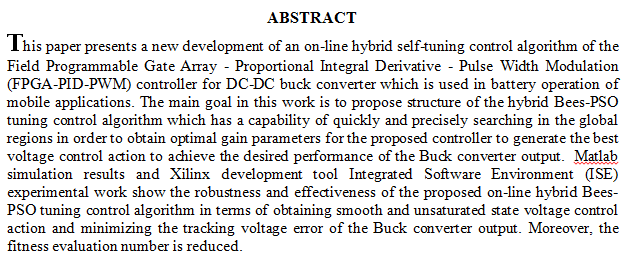
Abstract
The miraculous of al-Quran has been surrounded by the attention of scholars, as it is the one that has astonished the rhetoricians with its eloquence. So , they paid attention to every part of it and hugely they studied it with accuracy in respect to its Surah ad Ayahs. It is considered the most important source from which Arab scholars and early grammarians drew, given their unanimity that it is the highest degree of eloquence and the best record of the common literary language.
Among these sciences is the science of Grammar, and without Qur’an, this science would not have emerged, which later had control over every science of Arabic
... Show More15 sediment samples were collected; 8 samples from the eastern bank, and 7 samples from the western bank of Al-Wind River in Diyala governorate to assess the sediment pollution in some trace elements such as Fe, Ni, Cd, Zr, Zn and Cu in addition to some oxides such as Al2O3, CaO, Na2O and K2O to find the effect of anthropogenic pollution and the industrial production on the sediment closed especially Naftkhana by using some geochemical pollution indices such as: geoaccumulation factor (I-geo), enrichment factor (EF),contamination factor (CF), pollution loud index (PLI) and to evaluate the degree of weathering by Applying the Chemical Index of Alteration (CIA)in both banks of Al-Wind River. The
... Show More (4)
(4)
 (1)
(1)
 (20)
(20)
 (14)
(14)
The high carbon dioxide emission levels due to the increased consumption of fossil fuels has led to various environmental problems. Efficient strategies for the capture and storage of greenhouse gases, such as carbon dioxide are crucial in reducing their concentrations in the environment. Considering this, herein, three novel heteroatom-doped porous-organic polymers (POPs) containing phosphate units were synthesized in high yields from the coupling reactions of phosphate esters and 1,4-diaminobenzene (three mole equivalents) in boiling ethanol using a simple, efficient, and general procedure. The structures and physicochemical properties of the synthesized POPs were established using various techniques. Field emission scanning elect
... Show More (14)
(14)
 (15)
(15)
Shear wave velocity is an important feature in the seismic exploration that could be utilized in reservoir development strategy and characterization. Its vital applications in petrophysics, seismic, and geomechanics to predict rock elastic and inelastic properties are essential elements of good stability and fracturing orientation, identification of matrix mineral and gas-bearing formations. However, the shear wave velocity that is usually obtained from core analysis which is an expensive and time-consuming process and dipole sonic imager tool is not commonly available in all wells. In this study, a statistical method is presented to predict shear wave velocity from wireline log data. The model concentrated to predict shear wave velocity fr
... Show More (2)
(2)
In this paper, a Bayesian analysis is made to estimate the Reliability of two stress-strength model systems. First: the reliability of a one component strengths X under stress Y. Second, reliability of one component strength under three stresses. Where X and Y are independent generalized exponential-Poison random variables with parameters (α,λ,θ) and (β,λ,θ) . The analysis is concerned with and based on doubly type II censored samples using gamma prior under four different loss functions, namely quadratic loss function, weighted loss functions, linear and non-linear exponential loss function. The estimators are compared by mean squared error criteria due to a simulation study. We also find that the mean square error is
... Show MoreThe aim of this paper was to investigate the removal efficiencies of Zn+2 ions from wastewater by adsorption (using tobacco leaves) and forward osmosis (using cellulose triacetate (CTA) membrane). Various experimental parameters were investigated in adsorption experiment such as: effect of pH (3 - 7), contact time (0 - 220) min, solute concentration (10 - 100) mg/l, and adsorbent dose (0.2 - 5)g. Whereas for forward osmosis the operating parameters studied were: draw solution concentration (10 - 150) g/l, pH of feed solution (4 - 7), feed solution concentration (10 - 100) mg/l. The result showed that the removal efficiency by using adsorption was 70% and the removal efficiency by using forward osmosis was 96.2 %.
... Show More (3)
(3)
